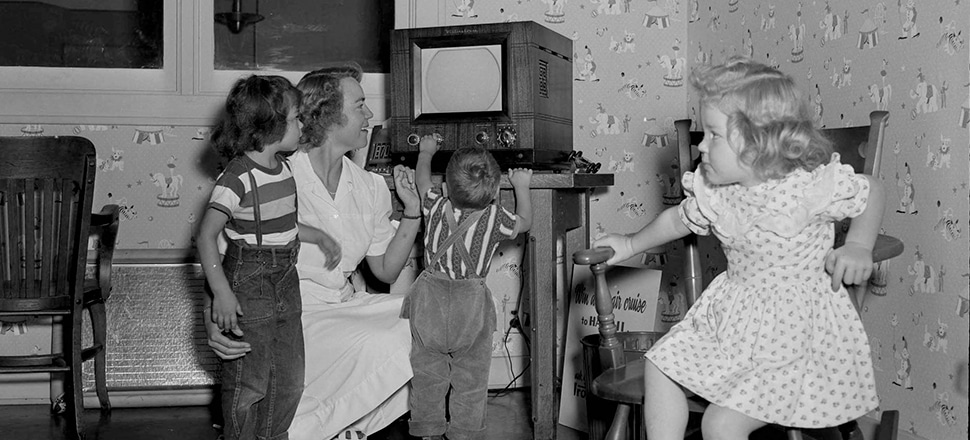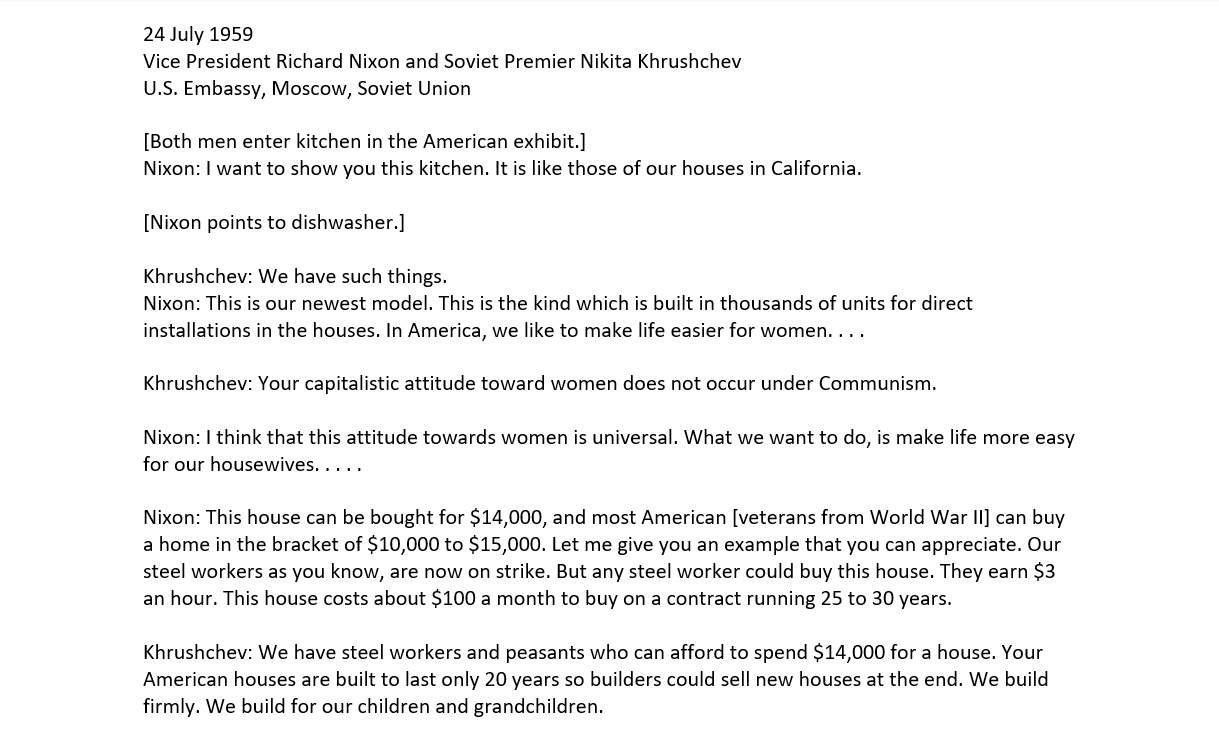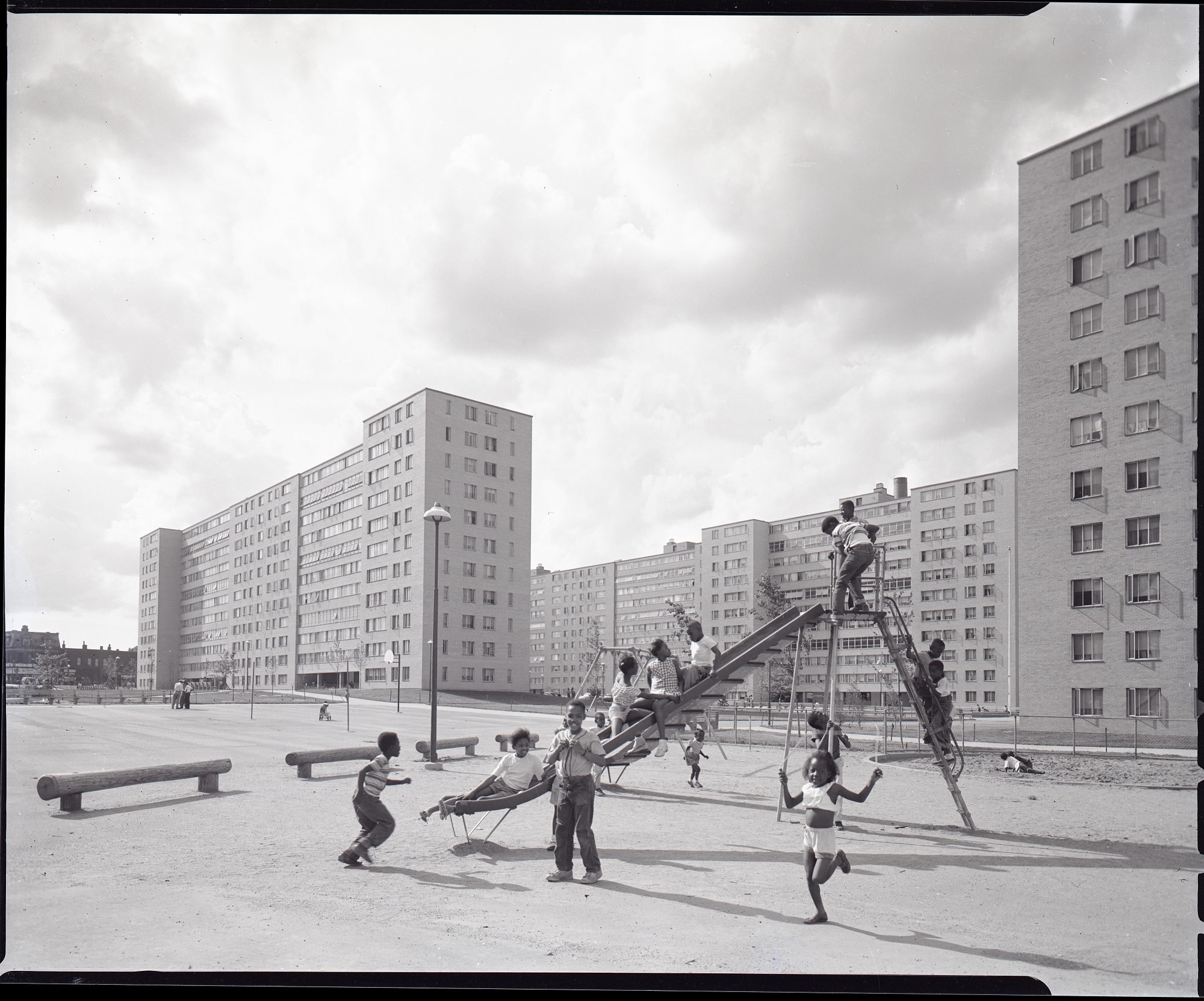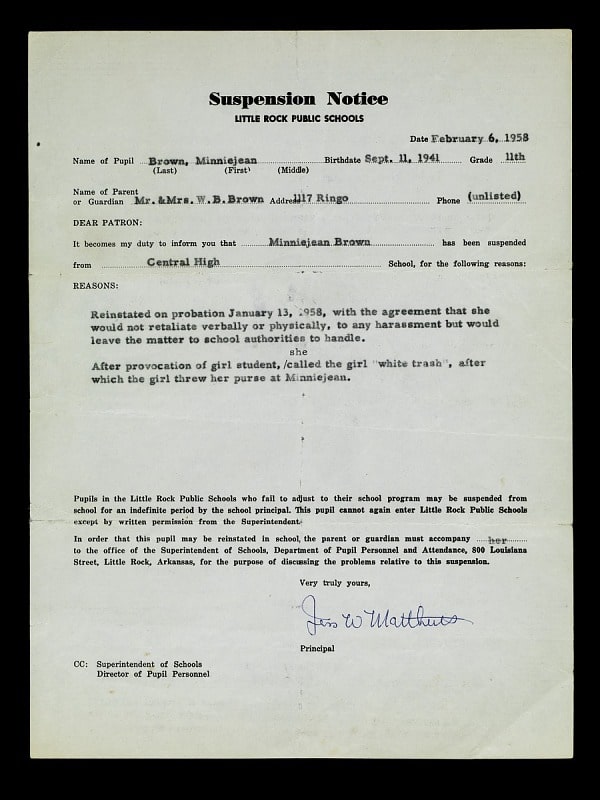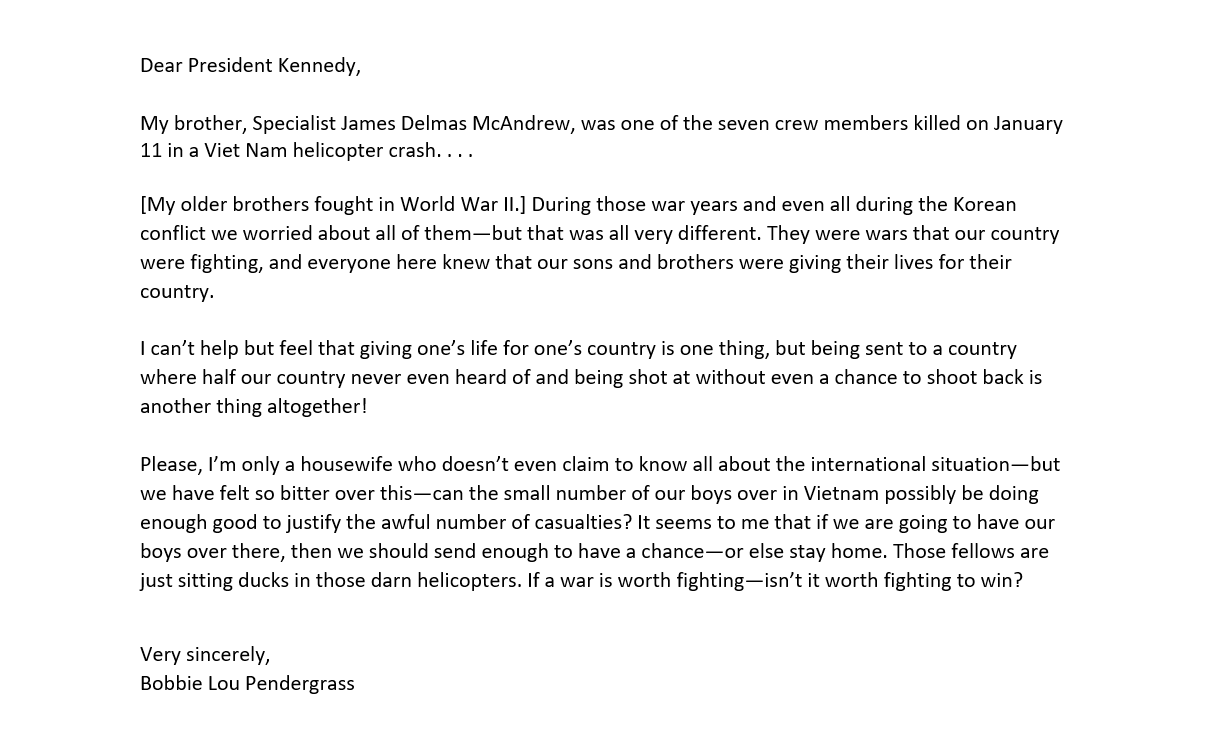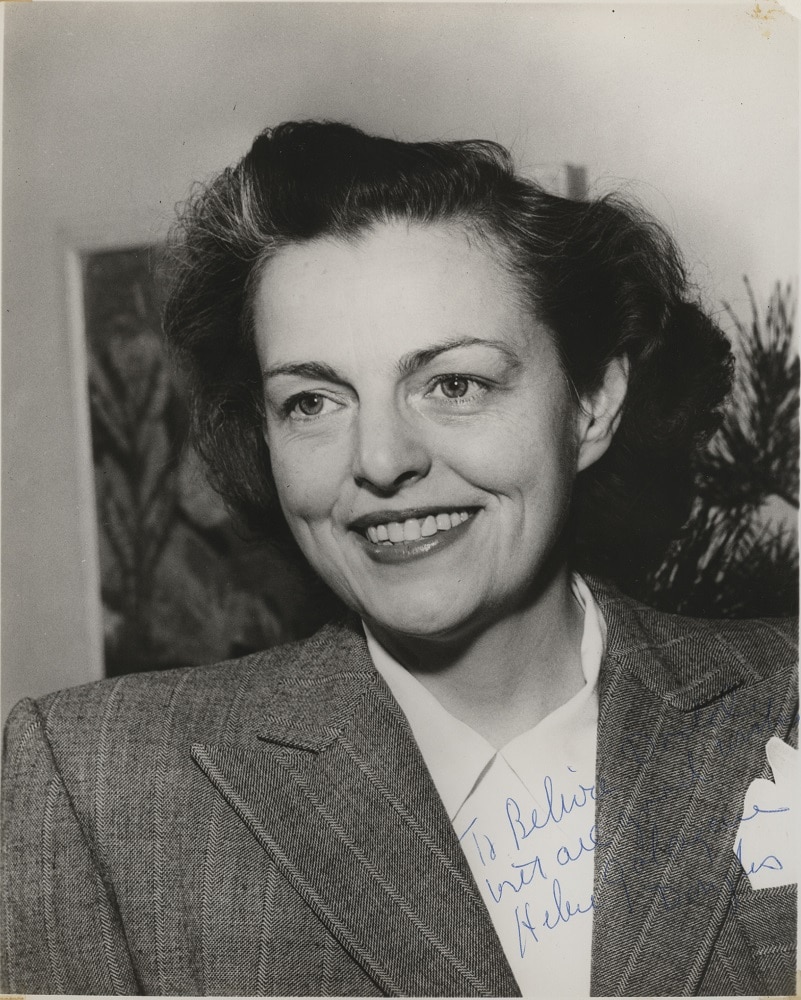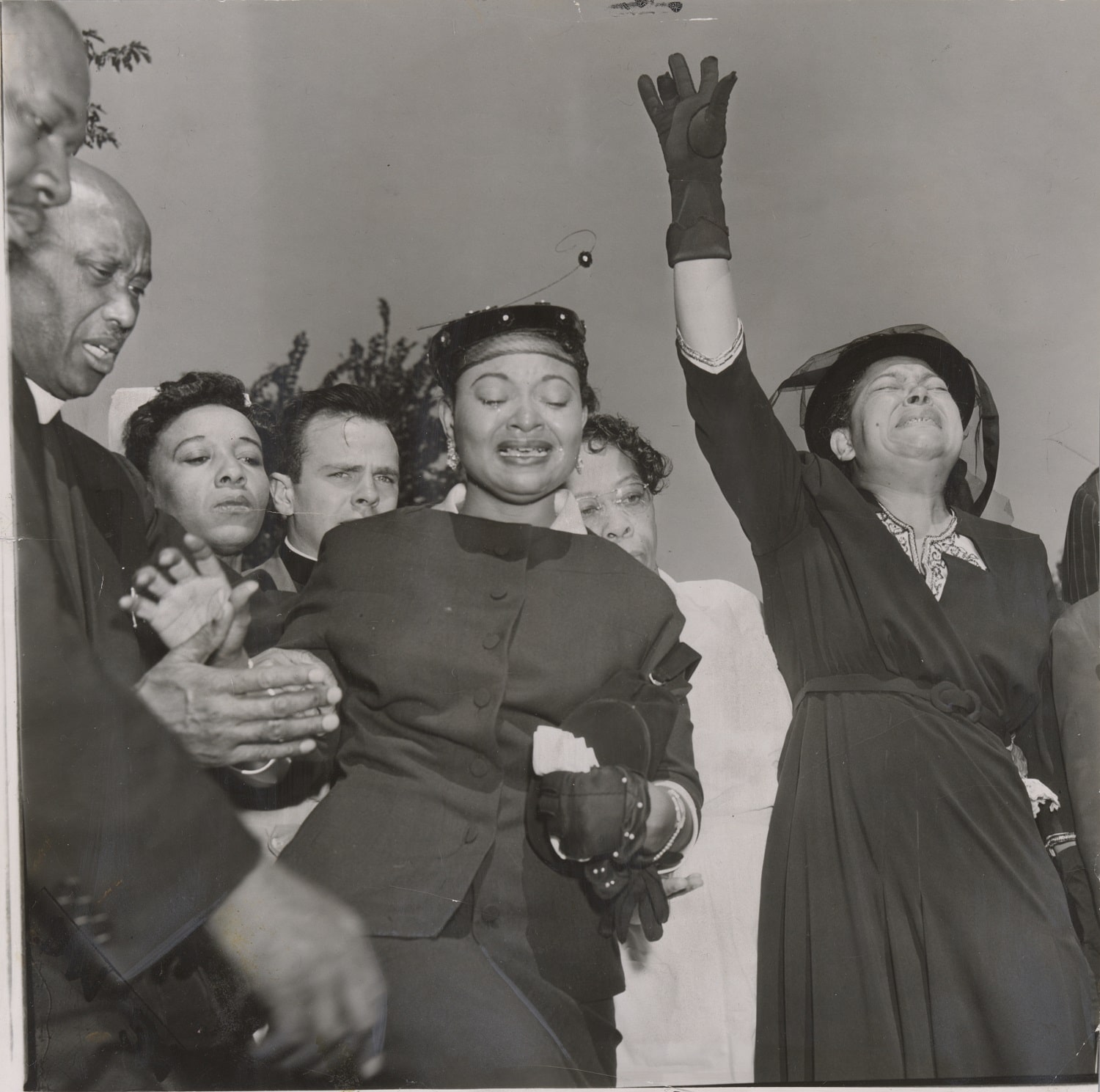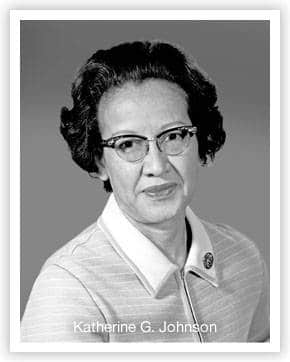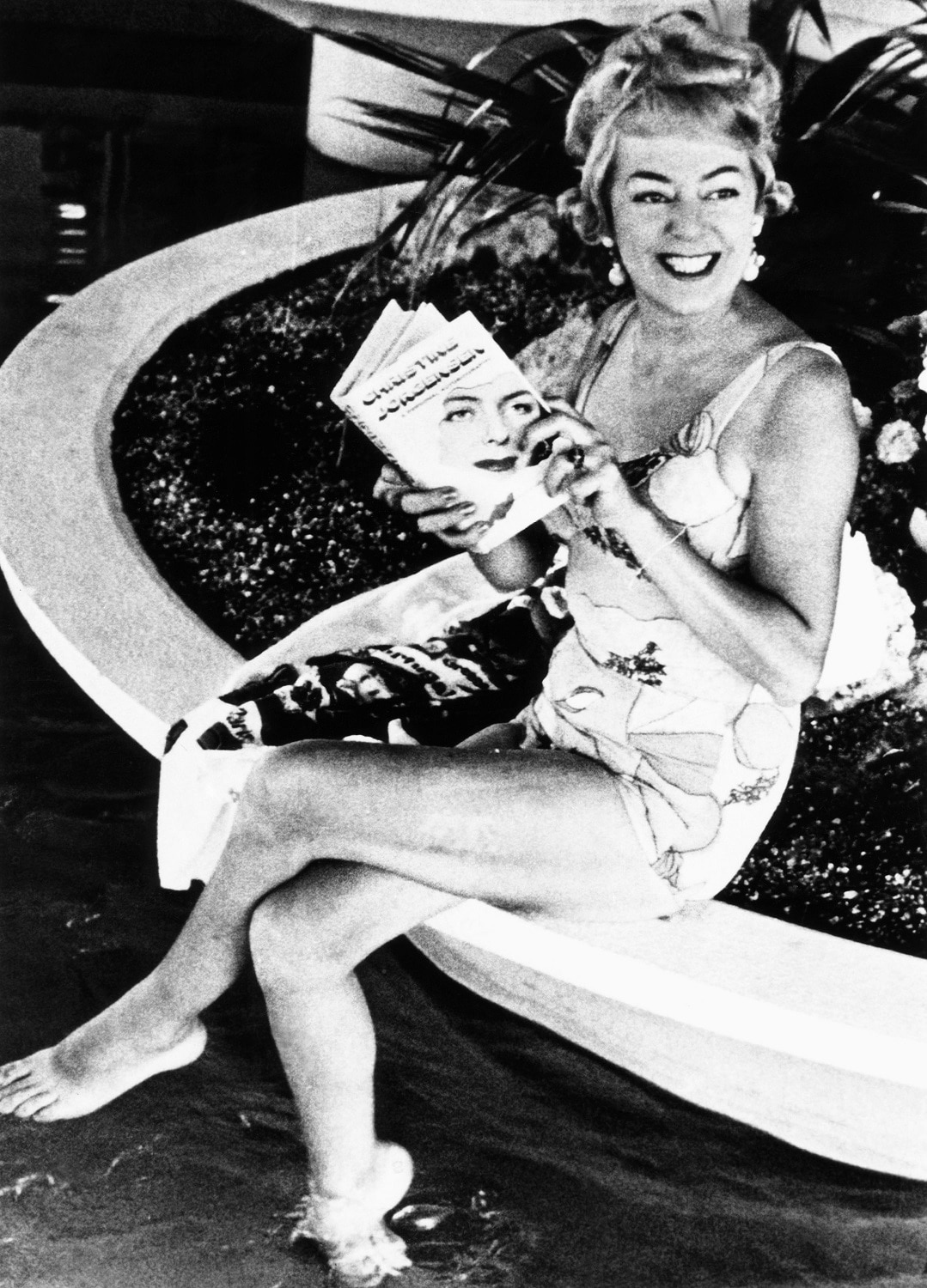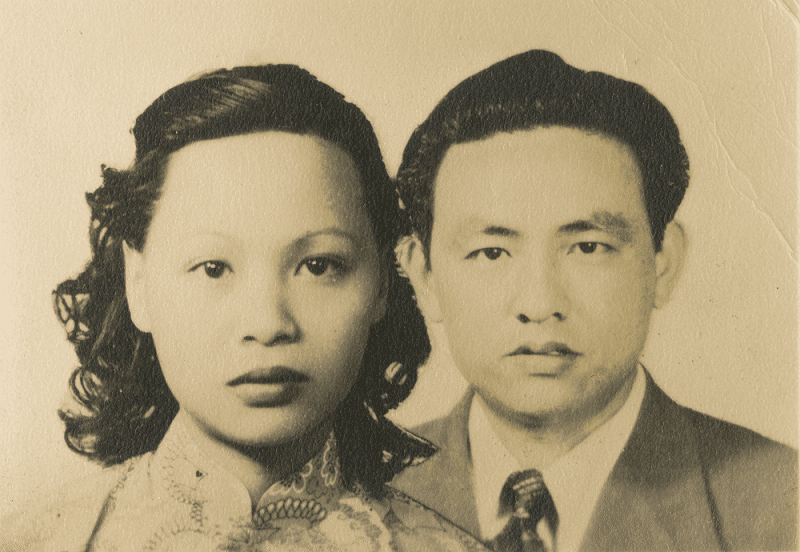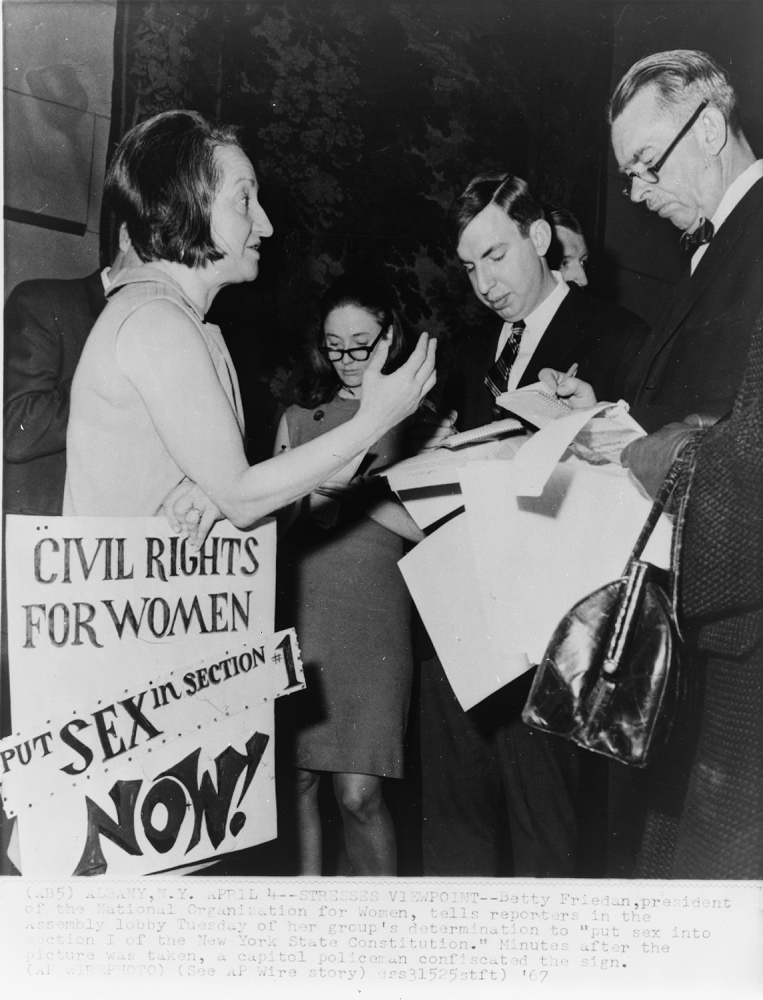Key Ideas
- In the years following World War II, both the federal government and popular culture promoted the heteronormative, consumer-driven, suburban family as the ideal American experience. Women’s roles in those families were central to this ideal.
- Government policy and cultural norms systematically denied access to this so-called American dream to most Americans based on race, class, and identity.
- American women of diverse backgrounds questioned and resisted the dominant post-war narrative through activism and self-expression.
Introduction
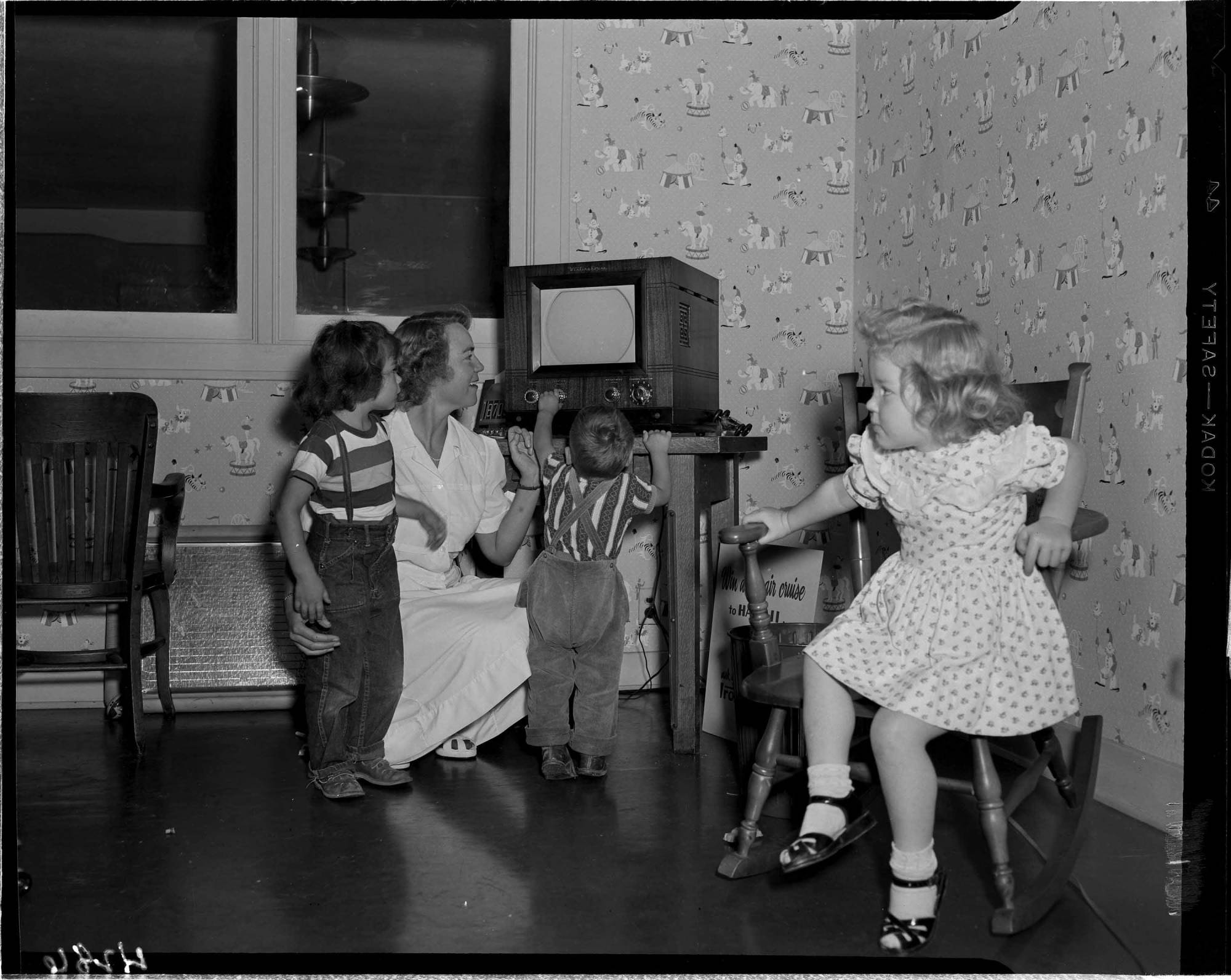
Doug White (photographer), The Most Popular New Appliance in the Postwar Era was the Television, 1956. Southern California Edison Photographs and Negatives, 05-54286, The Huntington Library, San Marino, California.
Cold War Beginnings, 1948-1963
By 1948, after years of economic depression and a world war, Americans were ready to enter a new era. The social and economic trends that began post war continued into the 1950s and early 1960s. Marriage and birth rates grew exponentially. The economy expanded due in large part to growing consumerism. Fear of atomic power and spreading communism informed immigration restrictions, public policies, and informal definitions of what it meant to be American.
Just as government policy and public opinion during the Great Depression repressed certain aspects of Jazz Age independence, so too did the early years of the Cold War reverse many wartime achievements for women. The same government propaganda machine that championed Rosie the Riveter now promoted a different notion. American women should embody democracy from the safety of their kitchens.
Government incentives for veterans helped many white middle-class families leave cities and move to new suburban communities. Suburban life was based on the heteronormative nuclear family. Father earned the money. Mother took care of the home. Children attended safe schools and played with the newest toys. In the evening, the family sat around their television, watching men walk on the moon and presidents speak about democracy. The magazines they read and the sitcoms they viewed celebrated this suburban family and suggested they were the norm.
Section Essential Questions
- What was the post-war suburban ideal and what role did women play in promoting and embodying it?
- Who was excluded from the suburban ideal? What did the American experience actually look like for those left out?
- How did Americans – particularly American women – resist the government-sponsored promotion of a predominantly white, consumer-driven post-war America?


